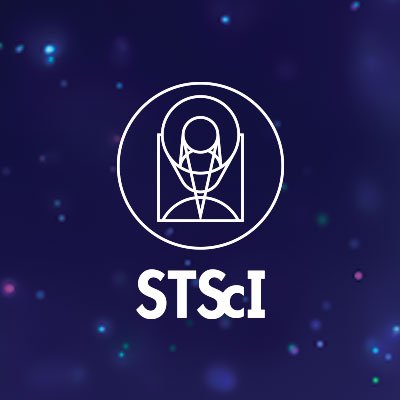
Space Telescope Science Institute
@SpaceTelescope
Followers
149K
Following
1K
Media
3K
Statuses
5K
Mission Operations Center for NASA's Webb Space Telescope (#NASAWebb). Science operations for the Hubble Space Telescope and upcoming Roman Space Telescope.
Baltimore, MD
Joined June 2008
No tweets found
